Saturday, April 3, 2010
Review: "Worms of the Earth" by Robert E. Howard
Comprising forth-six pages and first published in 1932, this work represents a chief component in a series of stories Robert Ervin Howard wrote over a period of perhaps seven years concerned with a Pictish king living amidst the height of Roman power during that empire's expansion through the Island of Britain. It is a work of well-researched historical fiction, but much more. It is also a work of well-researched folklore, beautifully rationalized by Howard's scholarly and imaginative mind. So a little background for those less initiated with ancient history. The Picts were the first historically recognized inhabitants of a region we now call Scotland, but which in Roman times was called Caledonia. The Romans once briefly held nominal control of the Lowland region of Caledonia, when they built the palisaded earthen defensive structure called Antonine's Wall. But they soon had to pull back, and they dug in at a more permanent stone construction which survives to this day called Hadrian's Wall. This is to go a long way to say that the Romans never conquered Caledonia (or, if you prefer, "Pictland"). Howard's hero of his Pictish cycle of stories is a king he called "Bran Mak Morn". This character represents the energetic cleverness, the iron-will, the contempt for wealth, and the dedication to honor, duty, courage and self-sacrifice, which the nobler Romans (as for instance the Roman historian and ethnographer, Tacitus) admired in certain of their barbarian foes, including the obscure quasi-branch of the Celtic family known as the Picts (meaning, "Painted People", because they painted their bodies with pigment from the woad plant in mystical designs for religious rituals and for warfare. Howard portrays the psychology of the people of those times, cultures and situations with uncanny accuracy, and his use of historical detail is deft, fascinating and never obtrusive in terms of the flow of the story. To read Howard in such well-conceived stories as these is to wonder that he may have discovered a lost source that fits the disjointed fragments of history into a dynamic whole. This story, like all his tales of Bran Mak Morn, puts the reader in media res, and at yet another juncture where the arrogance and oppressiveness of Roman intrusion into a once happily isolated barbarian milieu drives the Pictish king to new heights of frustration. He has fought them at many times and in may ways, and the Romans would love to parade him through the streets of Rome in a cage in chains for a triumphal parade, but King Bran is elusive and crafty. At the beginning of the story he poses as a mere emissary of the Picts, with whom the Roman Governor, Titus Sulla, stationed at the Roman provincial seat of Eboracum in northern Britain, would love to pacify in the interest of stabilizing profitable (and taxable) commerce between the two peoples. Bran is wined, dined and bedded with paganly civilized Roman hospitality, as they would any aristocratic representative of a foreign nation with whom they want to deal. Yet Bran Mak Morn, as his own spy of kingly purpose, observes only how the Romans treat the common people from among his bartering Picts with unfair dealing in the market and no justice in the Roman civic courts of law, and sadistic severity in terms of legal punishment for any rebellion against such ill treatment. Sulla, the governor, exemplifies the most heinous tendencies that may crop up in the Roman characteristics for self-assurance and self-congratulation. In Sulla, the confidence of a triumphant civilization has grown twisted into hatefully contemptuous attitudes toward the Picts, for whom he constantly betrays a view that they are somehow less than human. Yet Bran knows that Sulla is no fool, and that his power makes him untouchable by any means at the barbarian king's mundane disposal. This is where the story turns onto a note of ingeniously rationalized folklore, and also, consequently, becomes a work of weird fiction. Howard knew of many obscure tales of yet an earlier race inhabiting Britain, before the even the Iberic and Celtic settlers (of whom the former Bran's royal dynasty has in pure genetic form). These were the Neolithic peoples that built the menhirs and dolmens: the outdoor temples of standing stones and post and lintel stones, arranged in circles or lines. Howard weaves into this story the revelation of what became of this race, which according to the scholars of his day, was a mystery. Yet the legends of the British Isles spoke of a diminutive folk, a different species of human, whom the arrival of true homo sapiens had driven into an underground existence. In Howard's tale, they are a lost subterranean race, who have adapted to the darkness beneath the earth, and have physically evolved in fearsome ways, even as they have built a vast and complex world of interconnected caverns and cave tunnels with stone-sealed crypts set in marsh-bound mounds and narrow mountain crevices, each leading to precipitous stairwells of eerily shallow steps, much worn by sheer millenia of years in their use. Through the mediation and guidance of a half-elfin witch, called Atla (who exacts a surprising yet sympathetic toll), Bran finds a way to bargain with this lost race his own forebears had once driven into their bitter troglodytic existence. Through their subtle and insidious reach, he knows they can capture the one man at the top of the provincial Roman pyramid, whom Bran could never otherwise touch, even on the field of battle. It is Bran's hope that these literally subhuman creatures may bring him Sulla, the man who dares treat his own people as subhuman. Then he might actually be able to fight Sulla man to man, and teach the Roman governor what honorable justice is. Yet this is no tale of unalloyed triumph, and I will leave it to the reader to discover the ironic twists of its plot. I will only mention that the narrative voice of this story has a powerful cadence like that of an epic song, and he sprinkles it with concise images evocative of ballad metaphor. Howard was a rare bird, for he tells his best tales as though he is an ancient bard who knows nothing of Christian civilization's deeply embedded habits of ameliorating the echoes of the primordial barbarian imagination. In terms of Howard's art, the reader is taken back with astonishing clarity to the days when such legendary heroes as Beowulf lay as yet untouched by the transfiguration of the monkish quill. This story has been most recently published in the following collection, compiling the author's entire cycle of short stories, poems and essays devoted to this protagonist: Bran Mak Morn: The Last King. Written by Robert E. Howard. Published by Del Rey Books. Copyright 2005.
Subscribe to:
Post Comments (Atom)
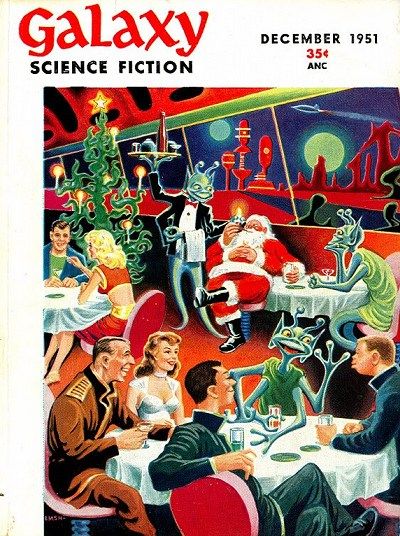








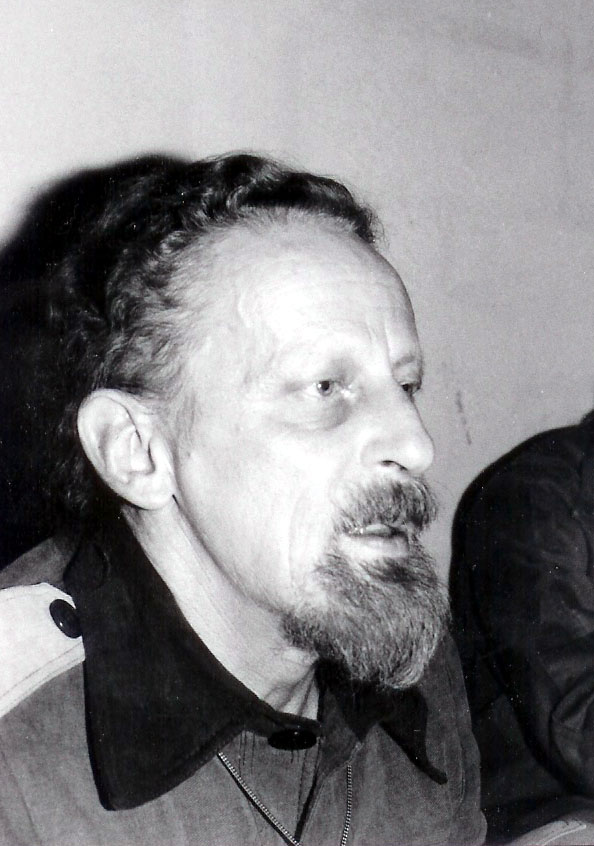
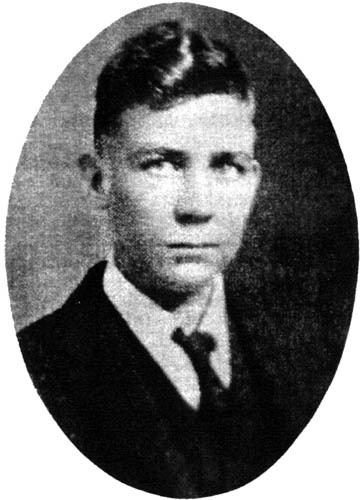



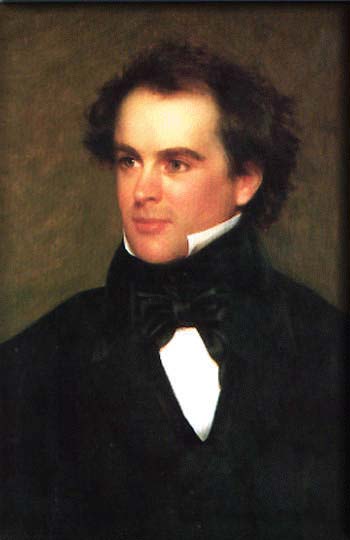





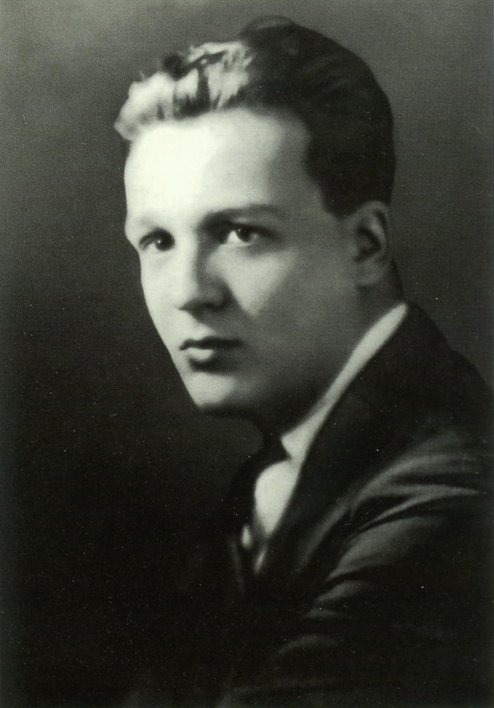



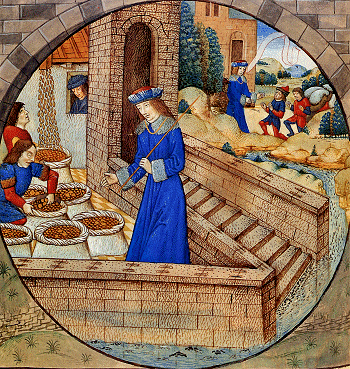


No comments:
Post a Comment